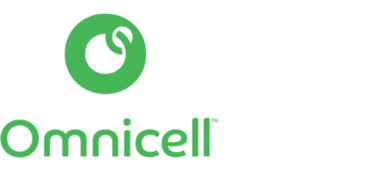SPONSORED CONTENT
While specialty drugs were used by less than 2% of the population in 2020, “they accounted for almost 51% of spending under the pharmacy benefit.”[1] Within your 340B program, these numbers can be even higher. On average, we see about six percent of volume resulting in close to fifty percent of savings for our clients. With numbers like this, it’s imperative to understand how to manage your 340B specialty contract pharmacies in order to maximize program value.
Below are five strategies to optimize your specialty pharmacy program:
1. Register your “ology’s”
There are six types of eligible clinics within a health system typically driving the majority of specialty value: dermatology, gastroenterology, rheumatology, endocrinology, neurology, and oncology. Medications dispensed through these clinics have high utilization and yield high savings. Ensuring these clinics are eligible and registered is the first, and most important strategy when capturing specialty value.
2. Set up your ideal specialty network
When developing a specialty network tailored to your covered entity’s needs, these three considerations will help you build a network that maximizes your program benefit.
- Considerations by therapy – Ensure your pharmacy network accommodates for the therapies utilized within your covered entity to capture niche drugs.
- Considerations by payer – Ensure your pharmacy network is inclusive of payer-mandated pharmacies.
- Considerations by pharmacy workflow – Register every location that the pharmacy offers in the 340B space to catch potential volume balancing prescription transfers.
3. Customize your qualification rule sets for specialty
There are some unique qualification considerations for specialty. First, you want to work with your third-party administrator (TPA) to identify and indicate your high-volume specialty prescribers. Second, you want to extend the eligible date written window to account for longer timelines associated with prior authorizations and medical benefit eligibility checks. Next, you’ll want to take a look at your EMR workflow and ensure your prescribers are adhering to the defined workflows and meeting all charting requirements. Lastly, you want to make sure your qualification rulesets account for all types of prescriptions – fax, EMR and pharmacy hub – that are sent to your pharmacy partners.
4. Accommodate for complex workflows
With custom rulesets and more complex workflows, there is an opportunity for claims to fall through the cracks. If you’re able to, work with your TPA to identify those situations and create partial matching rules, such as by therapy or prescriber, and manually review them for qualification. Omnicell 340B’s ClaimsGuard tool automates this review process by identifying claims that might otherwise fall through the cracks due to missing data, such as offline workflow steps, and placing them in a review queue so you can take a closer look.
5. Ensure 340B replenishment
The only way to receive 340B savings and recognize the benefits is if the medication is replenished. Did you know up to 10% of 340B specialty catalog pricing is incorrect? That means it is important to regularly audit catalog pricing to confirm the accuracy and ensure you have the 340B pricing for specialty drugs. A sudden drop off in qualified specialty claims can indicate a catalog price issue.
The Omnicell 340B team draws upon a deep reserve of specialty pharmacy knowledge to tailor strategies to the locations, prescribers, pharmacies and drugs that are driving your specialty drug spend. Our expertise allows us to consistently drive specialty success – even when specialty has previously under-delivered for your program. Interested in learning more? Download our solutions brochure here.
[1] https://www.evernorth.com/drug-trend-report/utilization-and-costs

Avani Patel is Director, Network Development, for Omnicell 340B. She can be reached at Avani.Patel@omnicell.com.



